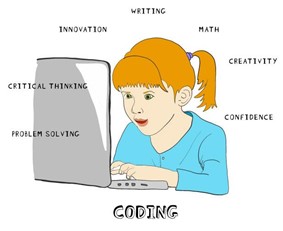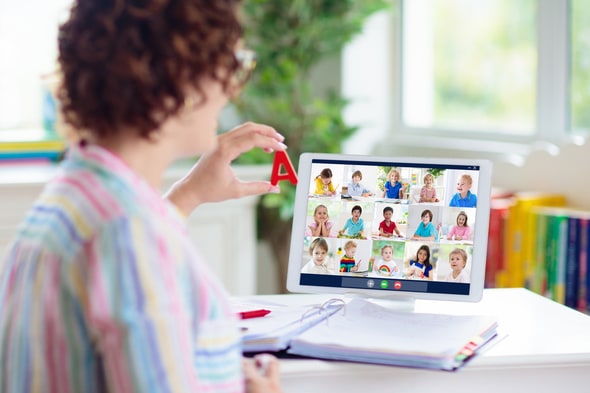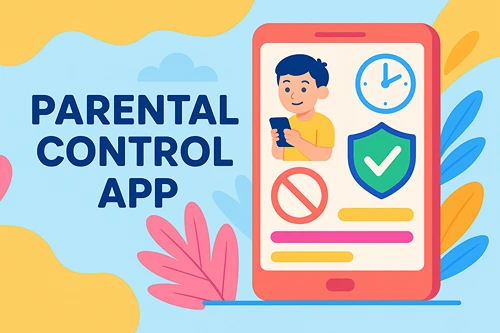What Are the Biggest Obstacles to Learn Coding For Kids
Coding is a subject and field of study that most kids across the globe get recommended in their curriculum. Research on the skills and mindset of a child suggests and reveals that programming languages have immense benefits for them. It can help develop their cognitive, problem-solving, and decision-making abilities.
In addition, it aids in enhancing their persistence and tenacity. However, coding for kids can involve some obstacles. These problems may hinder their progress or even decrease their interest in the worst cases.
In this article, let us discuss the most significant issues a child may face when learning to code.
Increased Focus on Coding Syntax
 Coding involves the implementation of an algorithm into a code. It can get done with the help of a programming language. Thus, the system and process work using an appropriate syntax. It depends on the chosen programming language.
Coding involves the implementation of an algorithm into a code. It can get done with the help of a programming language. Thus, the system and process work using an appropriate syntax. It depends on the chosen programming language.
The syntax ensures the smooth running of a code. Nevertheless, the essence of the subject lies in problem-solving skills. The abilities show their color when a running or syntax error arises. However, most courses, students, and even teachers do not pay much attention to this essential skill. Instead, they focus more on the syntax.
Lack of Live Help
It is possible to learn coding from various online courses. On top of that, the compilers and debuggers help detect and rectify the errors that arise along the way. However, learning in this process proves exceedingly taxing and time-consuming. In addition, a kid may lose interest in the subject because of the multiple failures they face.
For that reason, it is necessary to get the guidance of a reliable and experienced teacher when learning to code. It helps sustain a kid’s interest and engagement in the subject. However, it is arduous nowadays to find a teacher who remains willing to put in their utmost effort. Moreover, the events of recent months has dissuaded the instructors from teaching in real-time.
Less Practice
The skill and knowledge of coding revolve around extensive practice. Nevertheless, most online courses or offline instructors focus on the teaching part. They omit the practice section and time entirely. It proves detrimental to the development and growth of the student. On top of that, some kids may not get the platforms required to run their programs and codes. In such cases as well, they face an issue. It can get owed to the lack of hands-on experience and visual perception of the running process and output.
Low Motivation and Engagement
One of the most significant obstacles for kids when learning to code is low motivation, dedication, and engagement. In most cases, they remain disinterested in the subject and fail to develop an attraction and appeal no matter how much they get involved with it. It may be the scenario even if the course or instructor allows for maximum comfort, convenience, or effortlessness in the learning process and journey.
Tendency to Forget
It is not uncommon for someone to forget what they have learned about something. Kids learning to code is no exception. They may acquire knowledge about the subject and segregate it into their short-term memory. It implies that they cannot retain the ideas and concepts for long. Such an issue gets enhanced by the lack of practice.
How Can a Kid Overcome Obstacles When Learning Coding?

Issues and obstacles are bound to appear when learning something new. However, what matters are the ways and methods to overcome them. It implies that even kids can do that.
For instance, a child can strengthen their memory if they tend to forget things fast. Additionally, they can overcome their lack of practice on a computer platform by writing the programs and code by hand. Initially, the hand-written material would help to build their fundamentals. Then, when they get a required platform, they can run them there to check.
One of the benefits of coding for kids is increased focus as the engage in learning. This can help overcome a lack of motivation by incorporating fun and exciting codes and outputs. It would make kids look forward to completing their work. Kids can develop their problem-solving skills by playing various games like chess, cross the bridge, etc. Lastly, it is possible to seek live help or instructors by searching the internet or through acquaintances.
7 Things To Consider Before Joining Online Coding Classes For Kids




 Katie Brenneman is a passionate writer specializing in education, mental health, family lifestyle and online safety. When she isn’t writing, you can find her with her nose buried in a book or hiking with her dog, Charlie. You can follow her on
Katie Brenneman is a passionate writer specializing in education, mental health, family lifestyle and online safety. When she isn’t writing, you can find her with her nose buried in a book or hiking with her dog, Charlie. You can follow her on 




